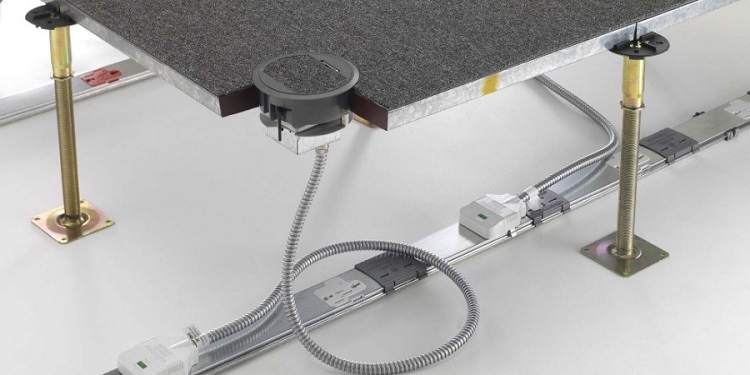Efficient power distribution is essential for industries that rely on stable and adaptable electrical systems. Busway systems streamline electricity distribution, making it easier to manage power safely and reliably in industrial facilities, commercial buildings, and data centers. As companies look for ways to improve efficiency and reduce downtime, understanding how these systems work becomes increasingly valuable.
A well-designed busway system simplifies electrical management by offering flexibility, scalability, and enhanced safety. Knowing the key components, installation methods, and safety standards helps professionals make informed choices, leading to better long-term performance in different environments.
Table of Contents
Core Components and Structure of Busway Systems
The main parts of a power distribution busway include bus bars, which carry electricity. These can be made from aluminum or copper, each with its own benefits. Aluminum is lighter and more affordable, while copper offers higher conductivity and performs better under heavy use. Protective housing shields the bus bars from environmental damage, extending their lifespan and improving safety. Plug-in units allow for flexibility, making it easy to connect equipment and adjust power distribution as needs change.
Feeder busways deliver power from the main supply, while plug-in busways distribute it to connected devices. The slot configuration affects efficiency and design. Circuit breakers protect against overloads, preventing electrical failures. Some modern systems incorporate thermal sensors within the busway housing to detect excessive heat buildup, allowing for early intervention before potential failures occur.
Electrical Specifications and Voltage Configurations
Voltage ratings affect how well a busway system performs in different settings. These systems come in various voltage options, including 120V, 208V, 480V, and higher for industrial use. The choice between single-phase and three-phase power impacts efficiency. Three-phase systems are preferred in larger setups because they deliver power more smoothly and efficiently. The current-carrying capacity must match the intended application to prevent overheating and maintain consistent performance.
Short circuit ratings are also important, as they show how much fault current the system can handle without failing. This helps prevent damage to the system and connected equipment. The system’s frequency, typically 50Hz or 60Hz, should match local power supply standards for proper compatibility.
Installation Methods and Mounting Options
How a busway system is installed affects both functionality and accessibility. Overhead installations save space by keeping floors clear and making maintenance easier. Wall-mounted setups maximize vertical space, making them ideal for compact areas. Floor-mounted options provide stability for heavy-duty applications but take up valuable floor space.
Installation time varies based on the chosen method and site conditions. Proper alignment and securing of components are essential to prevent movement or stress that could lead to failures. Planning for future expansion during installation can save time and money while allowing easy access for maintenance, simplifying repairs, and minimizing downtime.
Safety Standards, Compliance, and Certification
NEC Article 368 provides key guidelines for busway systems, focusing on safety and performance. Grounding and bonding are required to reduce electrical hazards by giving fault currents a safe path to ground. UL 857 certification sets quality and safety standards for busway components. Fire resistance is also important—materials should meet fire safety ratings to limit damage in case of an incident.
IP ratings indicate protection against dust and water, which affects durability in different environments. Common mistakes like poor installation or ignoring environmental factors can lead to code violations and safety risks. Regular inspections and following safety standards not only keep systems compliant but also help maintain reliable operation.
Industry Applications and Benefits
Busway systems improve efficiency in a range of industries. In manufacturing, they distribute power to multiple machines, handle heavy electrical loads, and adapt easily as production needs change. Their modular design allows quick reconfiguration, minimizing downtime during upgrades or shifts in operations. Some systems include built-in monitoring technology that tracks power usage in real time, helping manufacturers identify inefficiencies and adjust their energy consumption accordingly.
In commercial buildings, these systems simplify electrical distribution and accommodate varying power needs across different tenants. Data centers require reliable power, and busway systems help prevent outages that could disrupt vital operations. Healthcare facilities also depend on stable power for essential medical equipment, where reliability is non-negotiable.
A well-designed busway system improves power distribution by making it safer, more adaptable, and easier to manage. Selecting the right materials, voltage configuration, and installation method helps businesses maintain efficiency and reduce downtime. Compliance with NEC guidelines, UL certifications, and fire safety standards minimizes risks while extending the system’s lifespan. Routine inspections and maintenance prevent unexpected failures and keep operations running smoothly. Businesses that invest in quality components and plan for future expansion can build a power distribution system that meets their current needs while remaining flexible for future growth.

